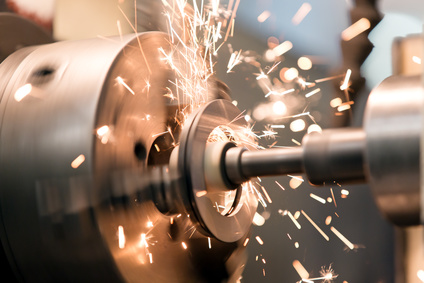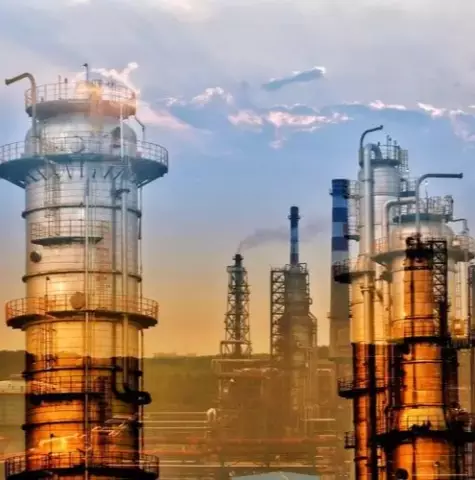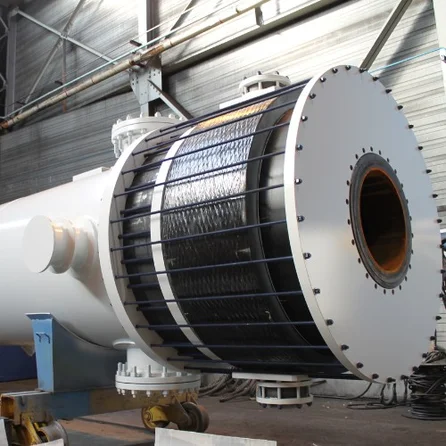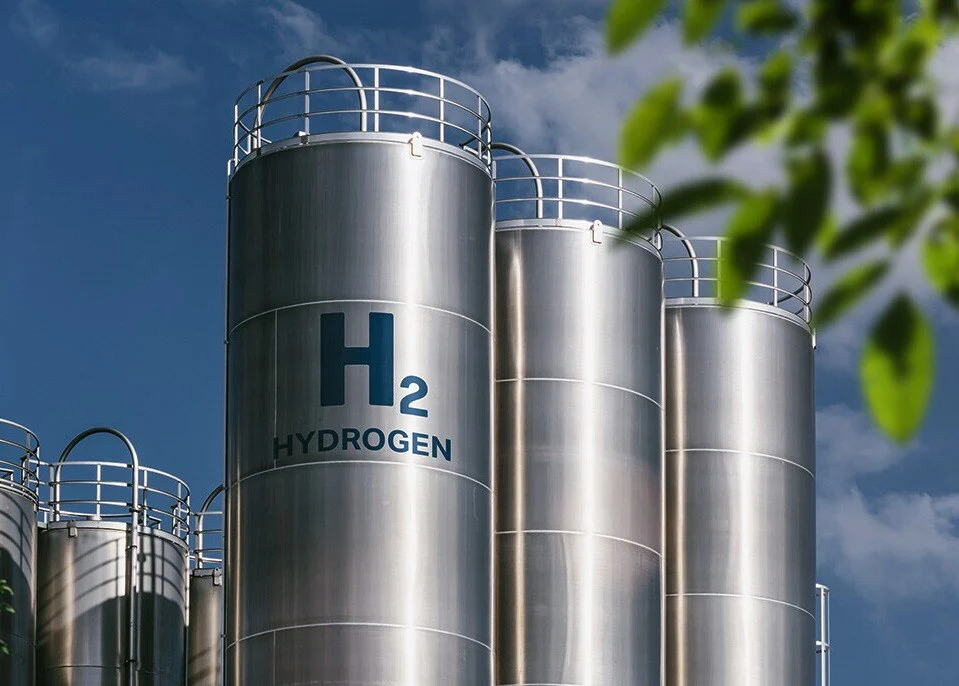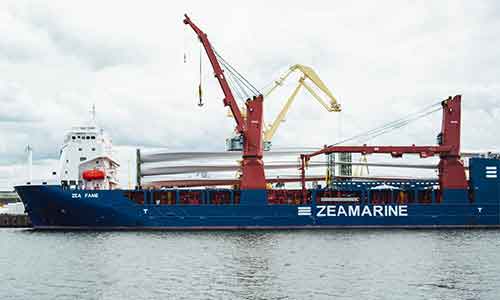Understanding Plate Heat Exchanger Gasket Issues
Plate heat exchanger gaskets play a critical role in ensuring efficient operation and leak prevention in a wide range of industries, from food processing to petrochemicals. Despite their importance, common gasket problems can undermine the effectiveness of industrial systems, leading to costly repairs and downtime. Diagnosing gasket leaks and addressing plate heat exchanger gasket issues early is vital to avoiding these complications and ensuring peak performance. With proper maintenance and the availability of high-performance gaskets, businesses can overcome these challenges effectively.
Common Gasket Problems and Diagnosing Gasket Leaks
One of the most frequent issues with plate heat exchanger gaskets is wear and tear over time. Factors like temperature fluctuations, chemical exposure, and high pressure can degrade gaskets gradually. When this happens, systems are prone to leakages, reducing thermal efficiency and raising energy costs. Diagnosing gasket leaks involves thorough troubleshooting of heat exchanger systems. Signs such as inconsistent temperatures, drops in pressure, or visible fluid leakage are red flags indicating gasket problems that require immediate attention.
Heat exchanger gasket replacement may be necessary if the damage is extensive. However, using durable, high-quality gaskets designed for extreme conditions can extend their lifespan significantly. Advanced gasket sealing solutions, such as those made with premium elastomers like EPDM or Viton, cater to high-performance industries by providing robust and reliable sealing even under harsh conditions. Additionally, implementing anti-fouling technology ensures that maintenance interruptions are minimized.
Plate Heat Exchanger Maintenance and Choosing the Right Gasket
The cornerstone of plate heat exchanger maintenance is selecting the right gasket for your specific application. High-performance gaskets offer unparalleled sealing performance and are designed to ensure leak-free operation, maintaining thermal efficiency up to 95%. With options tailored for various industries, such as FDA-compliant gaskets for food processing or eco-friendly options for sustainability-focused applications, businesses can find solutions that meet their unique needs.
Compatibility is equally important. High-performance gaskets are engineered to precisely fit plate heat exchangers from leading brands like Alfa Laval, GEA, and Tranter, ensuring optimal sealing and thermal transfer. These gaskets are built for durability, handling temperature ranges from -40°C to 200°C and pressures up to 25 bar. Their lifespan of 5–10 years makes them a long-term investment, reducing replacement costs and boosting operational efficiency.
The Benefits of High-Performance Gaskets
High-performance gaskets offer exceptional energy efficiency by enhancing plate heat exchanger systems. By reducing energy consumption by up to 25%, they help industries lower operational costs and achieve sustainability goals. These gaskets also minimize downtime by preventing leaks and ensuring consistent system performance, making them ideal for mission-critical applications.
Features like anti-fouling technology and advanced material options further distinguish high-performance gaskets. With reduced maintenance needs and compatibility across various industries, these gaskets redefine reliability and cost-effectiveness. As businesses face increasing pressures to improve efficiency and lower costs, investing in high-quality plate heat exchanger gaskets becomes more crucial than ever.
In conclusion, addressing plate heat exchanger gasket issues and implementing comprehensive maintenance solutions are essential for industries striving for operational excellence. By adopting durable, high-performance gaskets, businesses can optimize their systems, reduce downtime, and achieve significant energy savings.

